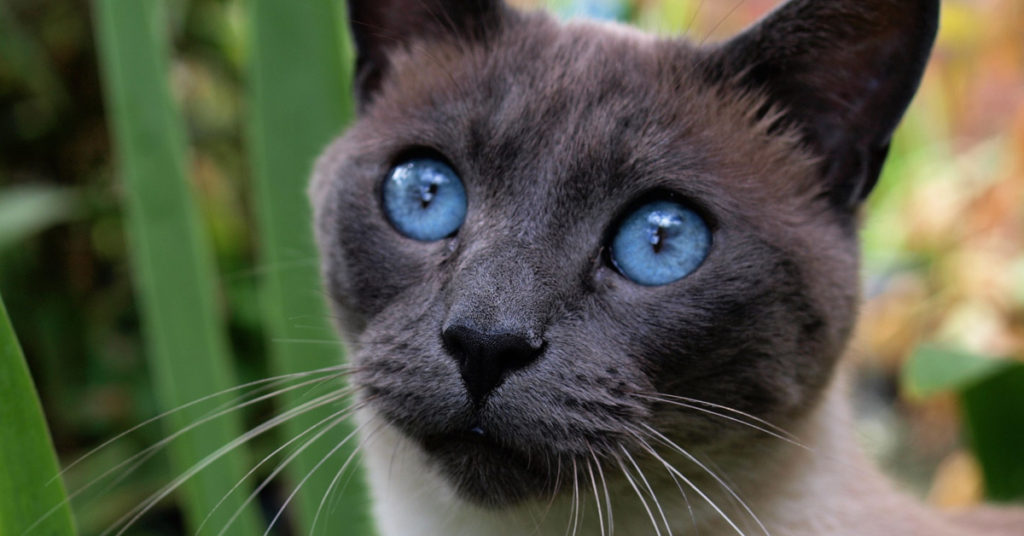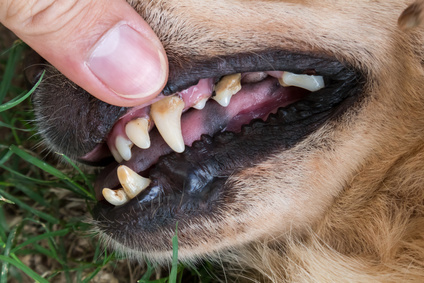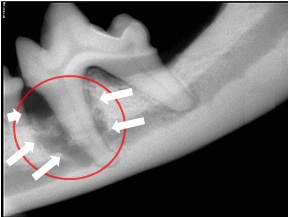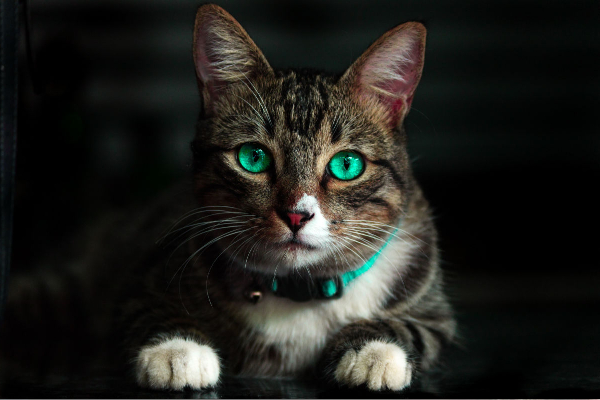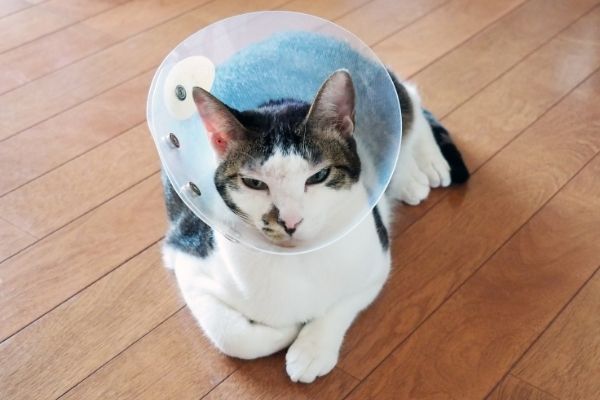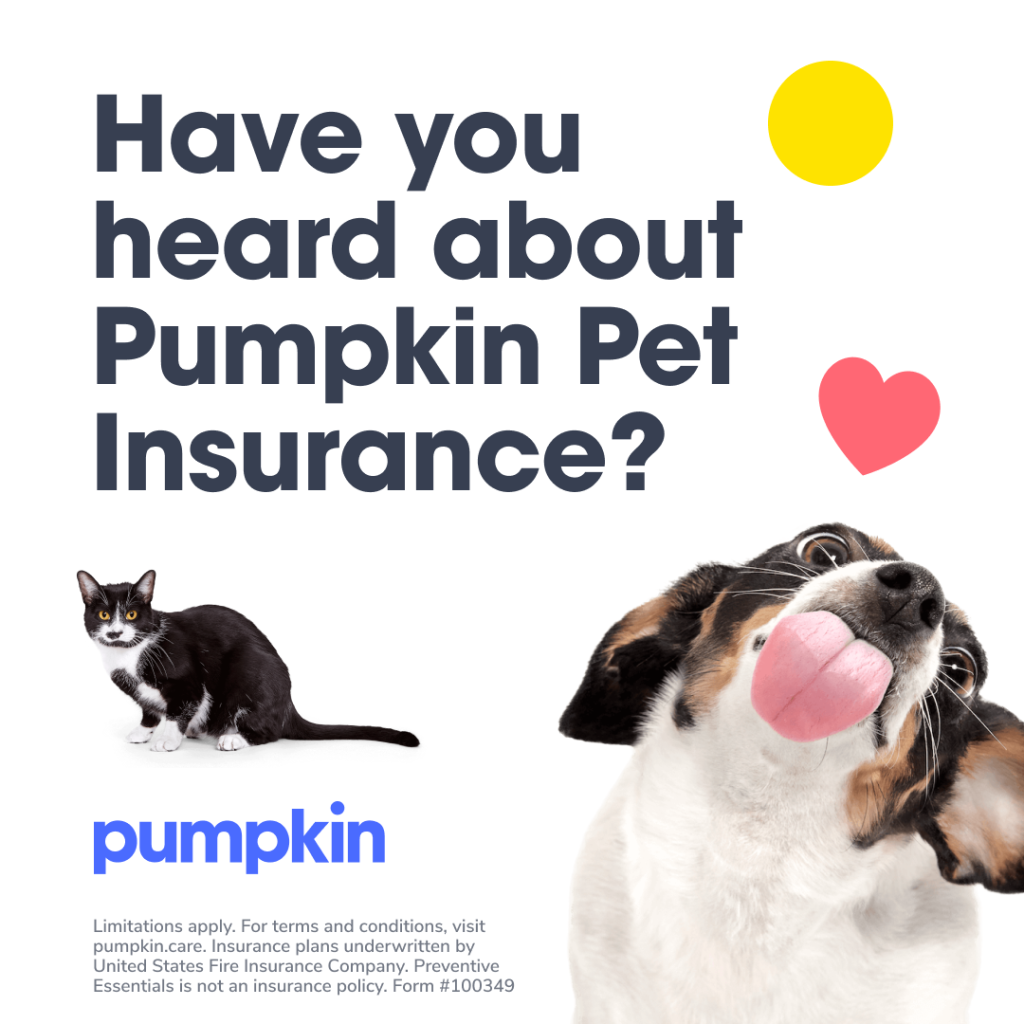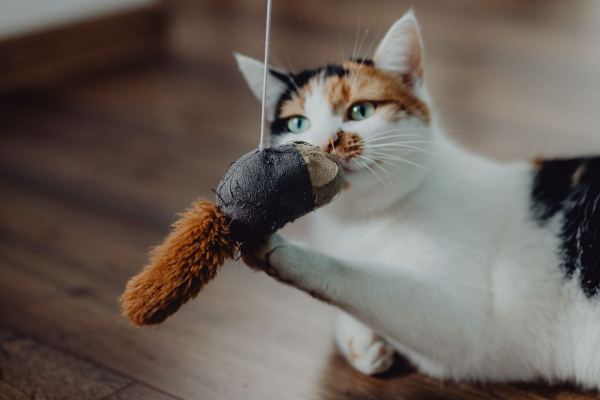Dogs exposed to Lyme disease have a 43 percent higher risk of developing kidney disease, according to a study from IDEXX.
Ticks transmit the bacteria that causes Lyme disease. Dogs, cats, and humans (along with many other animals) can become infected with Lyme disease when they are bitten by an infected tick that has been attached to the skin for 24-36 hours.

Ticks are blood-sucking arachnids, not insects. Slow-moving and unable to jump, they lay in wait on grass or leaves until their prey walks by, then grab on for the ride.
The longer a tick is attached, the greater the chance of infection. The Lyme disease bacteria can establish a long-term infection that affects the heart, kidneys, joints, and brain.
Lyme Disease is on the Rise in the PNW
Lyme disease is increasing in the Western US, particularly in the Southern Cascades and along the Oregon coast.
And guess what? Ticks become active in the spring.
Ticks can harbor bacteria, viruses, and protozoal parasites, sometimes more than one at a time. In addition to transmitting the bacteria that causes Lyme disease, ticks are also to blame for the spread of other of life-threatening diseases that affect humans and animals: Rocky Mountain Spotted Fever, anaplasmosis, and erlichiosis, to name a few.
Signs of Infection
Signs of infection include fever, lethargy, lameness, stiffness, pain, vomiting, and diarrhea – signs shared by several other diseases.
It is important to note that the typical “bulls-eye” rash that commonly effects people with Lyme disease is uncommon in dogs.
Chewable Tick Preventives
The first line of defense against Lyme disease and any other tick-borne disease is a rigorous tick control program.
Fortunately, we have monthly chewable tick and flea preventives that can help minimize tick exposure.
For dogs, consider chewables such as Simparica or Bravector. For cats, consider topicals such as Bravecto or Catego.
No more messy topical medication or stinky collar, just a tasty “treat” that safely and effectively prevents fleas and ticks from 30-90 days, depending on the product.
Additionally, new laboratory tests help us spot tick-borne diseases faster, sometimes before they cause disease symptoms.
You know the 4DX lab test we recommend for your dog every year? Well, test #1 screens for heartworm disease, but #2-4 are screens for tick-borne illnesses – Lyme disease, erlichiosis, and anaplasmosis.
What To Do If You Find a Tick
Keep your pet away from potentially tick-infested areas (tall grass, low brush, and wooded areas) if possible.
Be sure to conduct a daily tick inspection of yourself and your pet after traversing these areas.
If you find a tick on yourself or your pet, do the following:
- Safely remove the tick with tweezers as soon as possible, pulling straight back to make sure the tick is completely removed. Otherwise, tick mouth parts can remain embedded and infection is still possible.
- Disinfect the bite area, your hands, and the tweezers.
- Save the tick in zippered sandwich bag for identification and possible testing.
If you are uncertain how to safely remove a tick from your pet, please call us at (206) 323-4433, and we will make a same-day appointment to remove the tick from your pet.



